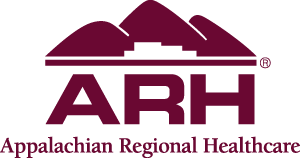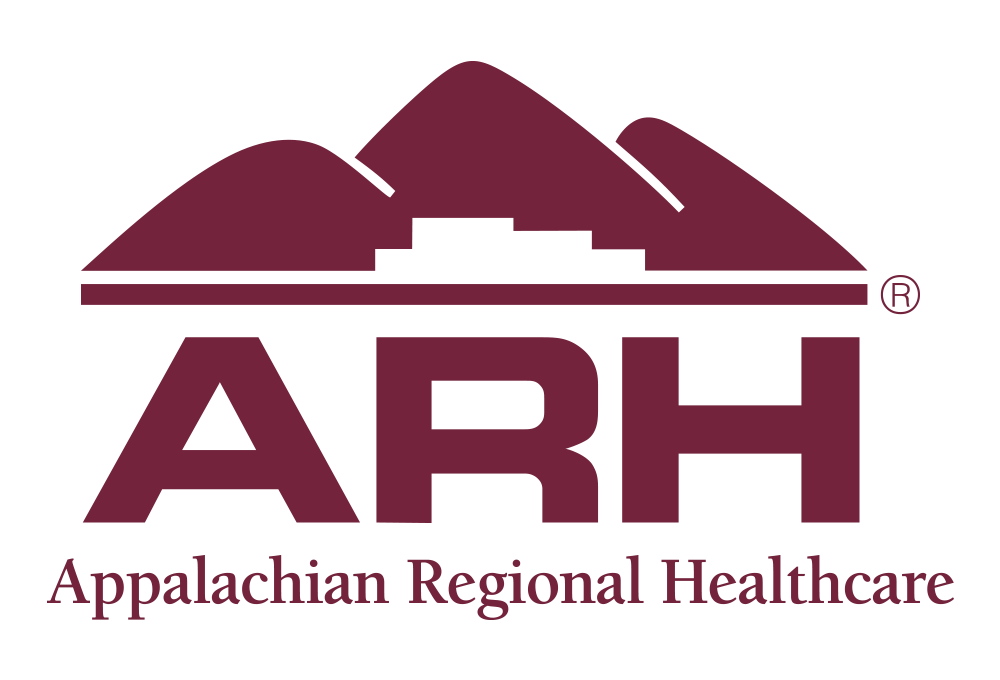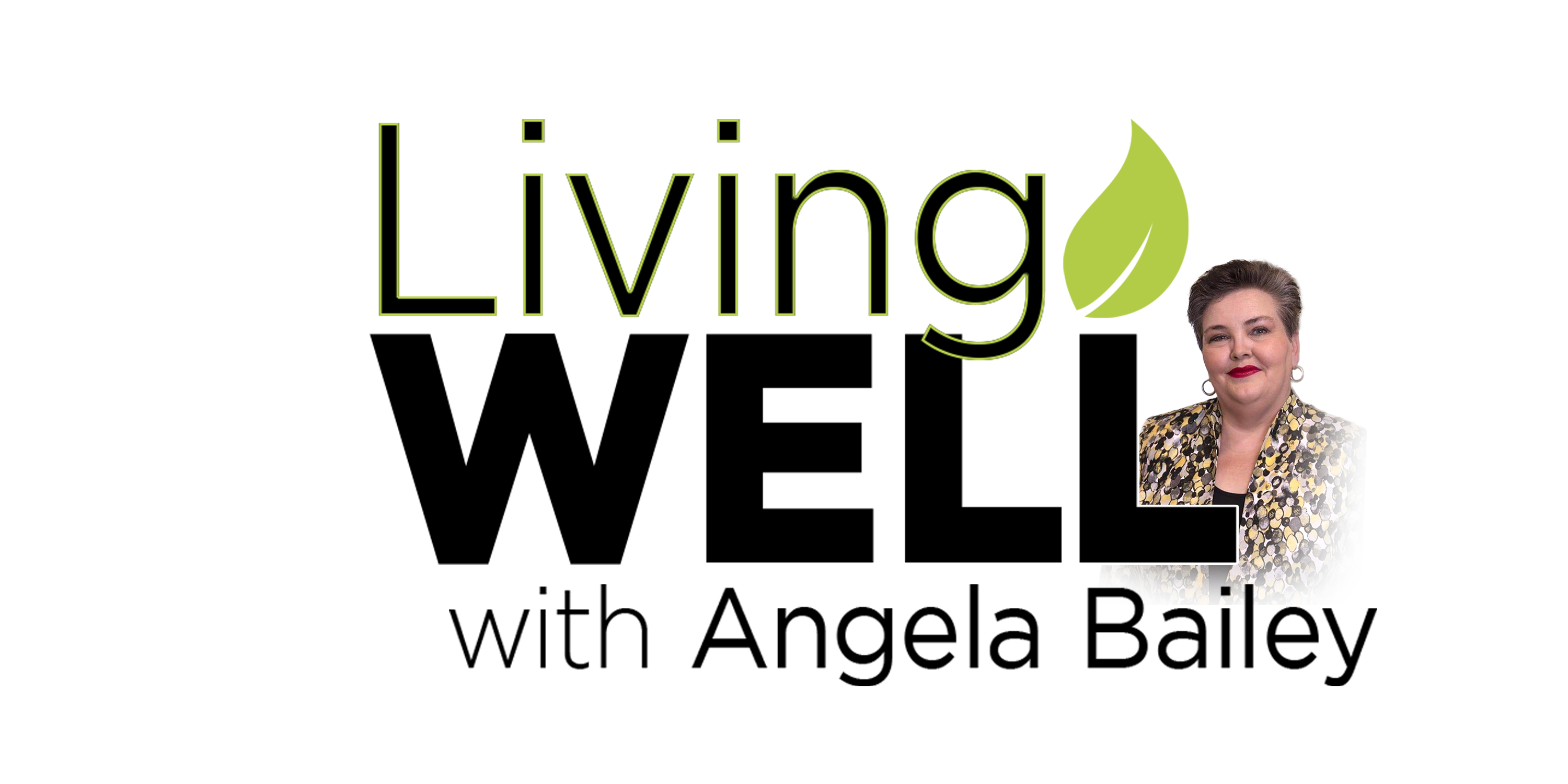
The Appalachian in All of Us: Meeting the Need
January 12, 2024
January is one of my favorite months. It’s when I sit down and plan my goals for the upcoming year and reflect on the year that has passed. I have so many ideas about how we can engage people from all over in our work to serve Appalachia, such as our Hearts for Hope fundraiser that runs in February. However, I am often asked why we fundraise outside of Southern West Virginia and Eastern Kentucky, so I hope you will forgive this week’s departure from my health journey to answer this question, and to talk about our foundation’s work and purpose for a bit.
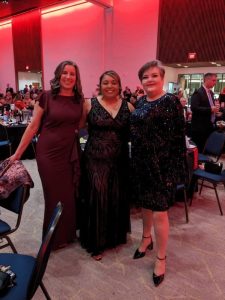 There are many reasons for fundraising outside of our footprint. One is that many of our friends and neighbors in Eastern Kentucky and Southern West Virginia need us to help bridge the gap between them and the things that they need to lead healthy lives and meet their basic needs.
There are many reasons for fundraising outside of our footprint. One is that many of our friends and neighbors in Eastern Kentucky and Southern West Virginia need us to help bridge the gap between them and the things that they need to lead healthy lives and meet their basic needs.
First, let’s take a look at the health and economic disparities we are trying to help the communities we serve overcome through our work:
As of 2022, 13.9% of adults in the ARH service region are diabetic, compared with 9% nation-wide. Additionally, 40.5% in the ARH region are obese, compared to 32% nationally.1 The health burden is exacerbated by region-specific barriers, such as a shortage of healthcare workers (the supply of Primary Care Physicians per 100,000 in Appalachia is 12% lower than the national average), and difficulty accessing the care options that exist due to poor social and environmental conditions.
In most instances, the region has fared poorly compared to the national benchmark. One of the most telling health statistics reveals that those living in Floyd County have twice as many potential years of life lost than those living in other areas of the United States overall. These deaths under the age of 75 are due to cancer, heart disease, lung disease, accidents, and liver disease. Unfortunately, this measure has worsened over the last twenty years.
This means that our hospital system and our foundation are working to bridge the gap of areas that often have much greater needs than other regions in the country. Will I tell the story of the proud, hard-working men and women in our communities to donors anywhere that they will listen? You bet I will.
The Central Appalachian region has experienced decades of declining economic, social, and health conditions. While some bright spots have emerged, many of the region’s communities continue to suffer from high rates of poverty (over 400,000 people), low rates of labor force participation (60.5%), an out-migration of the younger population (-4.6 percentage point change in the share of the population from 2016 to 2020), and poor access to physical infrastructure (water, wastewater, broadband, etc).
Another reason is that due to lack of opportunity, so many of the region’s best and brightest have landed in Central Kentucky and beyond, often in many of the cities and states that our readers are in, and I know that they want to invest in Appalachia, and I also know that they are generous.
I love these communities and I love Appalachia. It’s where my family lives, where my ancestors were born, and where much of my family and ancestors are buried. I love the history, culture, art, accents, and food. I love the music and I love the impact that the strong women of Eastern Kentucky have had on me growing up and continue to have on me to this day.
So yes, my dear friends. I do ask for donations to the ARH Foundation for Healthier Communities from near and far, inside our footprint or out, because I believe that there’s a little Appalachian in all of us. I hope that you will invest in Appalachia by making a gift today at arh.org/donate.
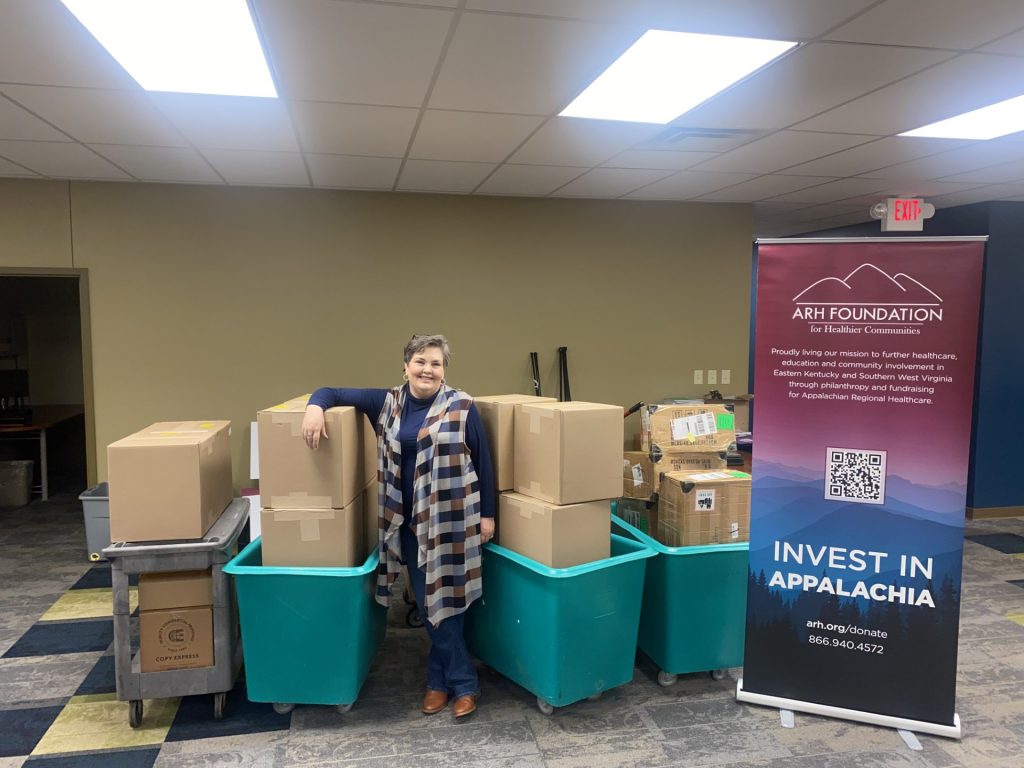
REFERENCES
Centers for Disease Control and Prevention. (2014). Smoking and cardiovascular disease.
https://www.cdc.gov/tobacco/data_statistics/sgr/50th-anniversary/pdfs/fs_smoking_CVD_508.pdf
Note: Every health journey is unique. I am sharing my personal health journey and the specific recommendations I am receiving on my quest to better health. I encourage you to consult with your provider to learn how you can become healthier too. This website, blog, and article does not provide medical advice and is for informational purposes only. No material on this website is intended to be a substitute for professional medical advice, diagnosis, or treatment.
